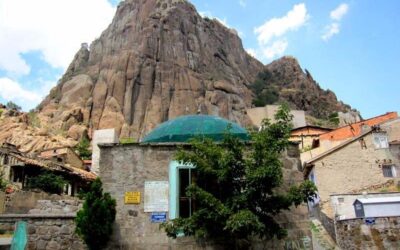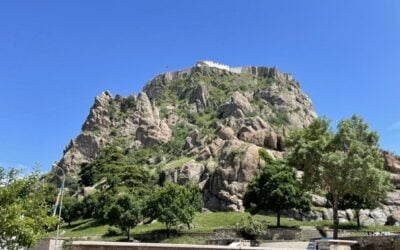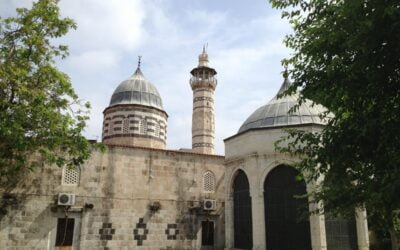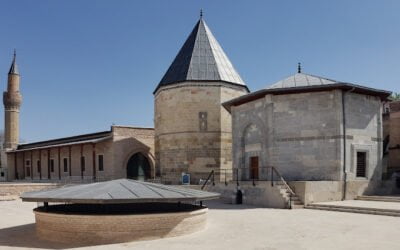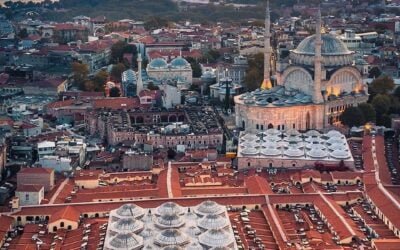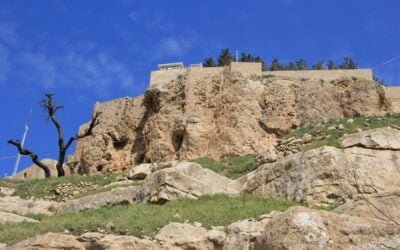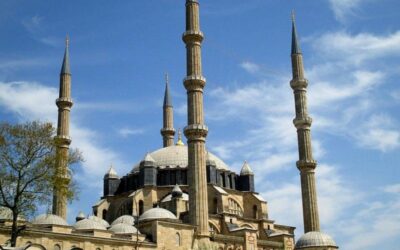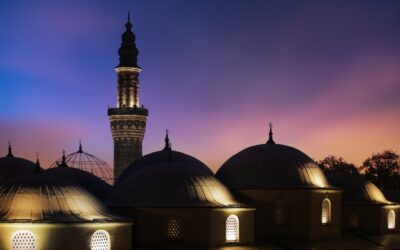Sultan Ahmet mosque
-
The Blue Mosque in Istanbul, also known by its official name, the Sultan Ahmed Mosque (Turkish: Sultan Ahmet Camii), is an Ottoman-era historical imperial Musjid located in Istanbul, Turkey. It was constructed between 1609 and 1617 during the rule of Ahmed I and remains a functioning Musjid today. It also attracts a large number of tourists and is one of the most iconic and popular monuments of Ottoman architecture.
-
The Musjid was built next to the former Hippodrome and stands across from the Hagia Sophia, another popular tourist site. The Blue Mosque was included in the UNESCO World Heritage Site list in 1985 under the name of “Historic Areas of Istanbul”.
-
After the Peace of Zsitvatorok, seen as a blow to Ottoman prestige, Sultan Ahmed I decided to build a large Musjid in Istanbul in the hope of soliciting Allah’s favour. He was the first sultan to build an imperial Musjid since Selim II (d. 1574), as both Murad III and Mehmed III before him had neglected to construct their own.
-
Prior to construction, this site was occupied by the palaces of several Ottoman viziers, including Sokollu Mehmet Pasha and Güzel Ahmet Pasha, which required a costly expropriation process. This, along with the fact that the empire was under economic stress, aroused the protests of the ulema (Islamic legal scholars), who argued that sultans should only fund the construction of an imperial Musjid with spoils of conquest. Ahmed I had won no major victories and thus had to divert funds from the treasury for this expensive project. The ulema went so far as to forbid Muslims from praying at the Musjid.
- The Musjid has left a major mark on the city and has given its name to the surrounding neighbourhood, now known as Sultanahmet.
- In 1883, much of the mosque interior’s painted decoration was replaced by new stencilled paintwork, some of which changed the original colour scheme.
- A major fire in 1912 damaged or destroyed several of the outlying structures of the Musjid complex, which were subsequently restored.
- A major restoration of the Musjid took place in the 21st century. During preparatory work in 2013, it was discovered that the mosque’s northwest minaret had shifted 5 centimetres (2.0 in) over time, constituting a potential threat to its structural stability. Work to reconstruct and repair the minaret was underway in 2015.
- Comprehensive restoration work on the rest of the Musjid began in 2018 and was finished in April 2023

